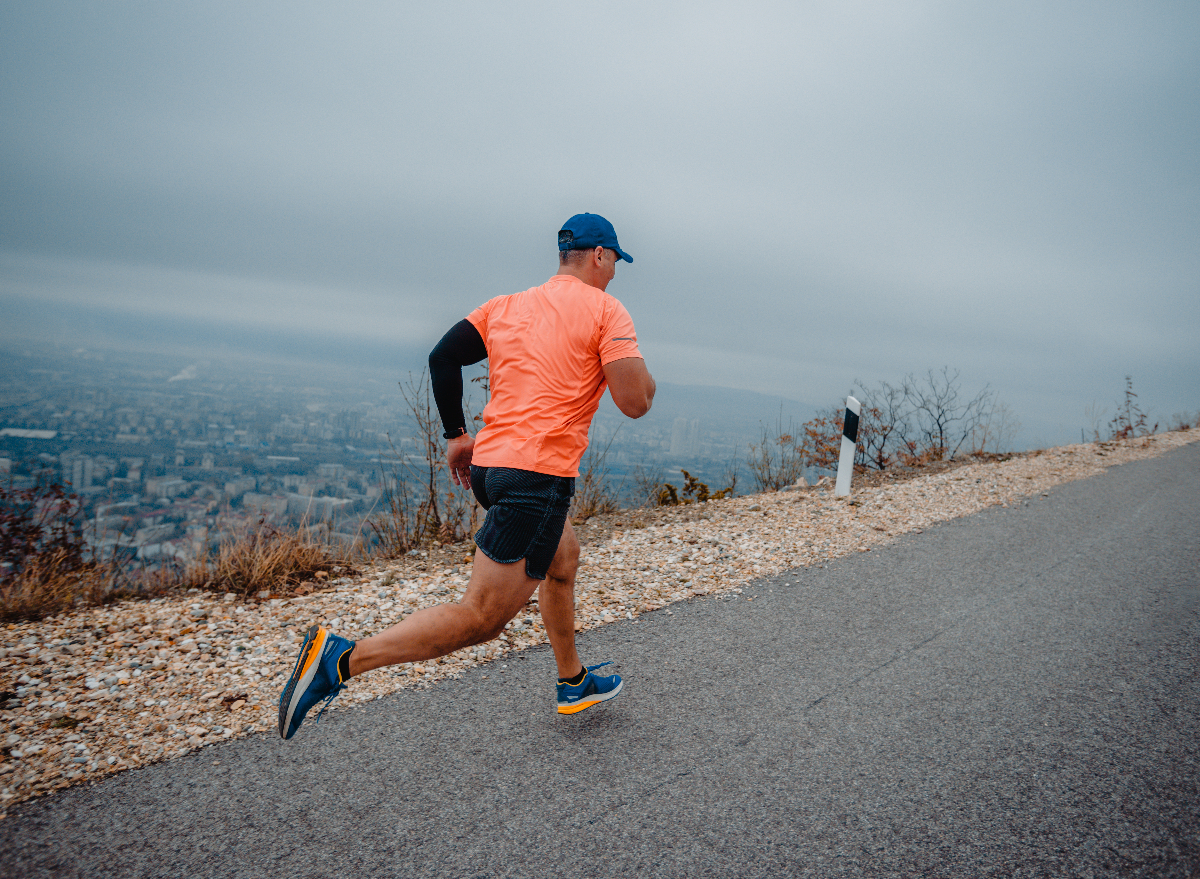Maximize Your Running Workout: Expert Strategies Revealed
Maximize Your Running Workout: Expert Strategies Revealed
Blog Article
Taking Care Of Typical Running Pains: Causes, Solutions, and Avoidance
As runners, we often encounter numerous pains that can impede our performance and satisfaction of this physical activity. From the devastating discomfort of shin splints to the irritating IT band disorder, these usual operating pains can be aggravating and demotivating. Understanding the causes behind these conditions is vital in properly resolving them. By exploring the root reasons for these operating pains, we can discover targeted options and preventative actions to guarantee a smoother and a lot more fulfilling running experience (check it out).
Typical Running Pain: Shin Splints
Shin splints, a common running discomfort, usually result from overuse or inappropriate shoes throughout physical activity. This condition, medically called median tibial tension disorder, manifests as discomfort along the inner side of the shinbone (shin) and is prevalent among athletes and joggers. The repetitive tension on the shinbone and the cells affixing the muscle mass to the bone causes swelling and pain. Joggers who swiftly increase the strength or duration of their workouts, or those that have level feet or incorrect running methods, are specifically susceptible to shin splints.
To avoid shin splints, individuals need to progressively enhance the intensity of their exercises, put on suitable footwear with proper arch assistance, and maintain flexibility and toughness in the muscle mass bordering the shin (running workout). In addition, integrating low-impact tasks like swimming or cycling can assist keep cardio health and fitness while enabling the shins to heal.
Usual Running Discomfort: IT Band Syndrome
In addition to shin splints, another prevalent running discomfort that athletes commonly encounter is IT Band Syndrome, a problem brought on by swelling of the iliotibial band that leaves the external upper leg and knee. IT Band Disorder generally shows up as pain outside of the knee, specifically during tasks like running or biking. The iliotibial band is a thick band of fascia that links the hip to the shin, and when it ends up being inflamed or tight, it can massage versus the upper leg bone, resulting in discomfort and pain.
Runners experiencing IT Band Syndrome might see a painful or aching sensation on the outer knee, which can worsen with ongoing activity. Elements such as overuse, muscular tissue imbalances, inappropriate running type, or poor warm-up can add to the advancement of this problem.
Common Running Discomfort: Plantar Fasciitis

Plantar Fasciitis can be associated to different elements such as overtraining, incorrect footwear, running on tough surface areas, or having high arcs or level feet. To prevent and alleviate Plantar Fasciitis, joggers can incorporate extending workouts for the calf bones and plantar fascia, use helpful footwear, preserve a healthy and balanced weight to decrease pressure on the feet, and slowly increase running intensity to stay clear of abrupt anxiety on the plantar fascia. If signs continue, it is advised to speak with a health care professional for proper medical diagnosis and treatment alternatives to resolve the problem properly.
Typical Running Pain: Runner's Knee
After addressing the obstacles of Plantar Fasciitis, one more common concern that runners frequently deal with is Runner's Knee, a typical running pain that can impede athletic performance and create pain during physical activity. Jogger's Knee, likewise understood as patellofemoral pain syndrome, manifests as discomfort around or behind the kneecap. Joggers experiencing this discomfort may really feel a plain, hurting discomfort while running, going up or down stairways, or after extended periods of resting.
Usual Running Pain: Achilles Tendonitis
Typically afflicting joggers, Achilles Tendonitis is an excruciating problem that affects the Achilles ligament, triggering pain and possible restrictions in physical activity. The Achilles tendon is a thick band of tissue that connects the calf muscular tissues to the heel bone, critical for tasks like running, leaping, and walking - i thought about this. Achilles Tendonitis usually develops because of overuse, incorrect shoes, insufficient extending, or sudden rises in physical activity
Signs of Achilles Tendonitis include discomfort and rigidity along the tendon, specifically in the morning or after durations of lack of exercise, swelling that intensifies with task, and potentially bone spurs in chronic situations. To avoid Achilles Tendonitis, it is important to extend properly previously and after running, put on suitable footwear with correct support, slowly raise the strength of workout, and cross-train to decrease repeated stress and anxiety on the tendon. Therapy might include remainder, ice, compression, altitude (RICE procedure), physical therapy, orthotics, and in severe instances, surgical treatment. Early intervention and proper care are essential for handling Achilles Tendonitis successfully and protecting against long-term issues.
Final Thought

Report this page